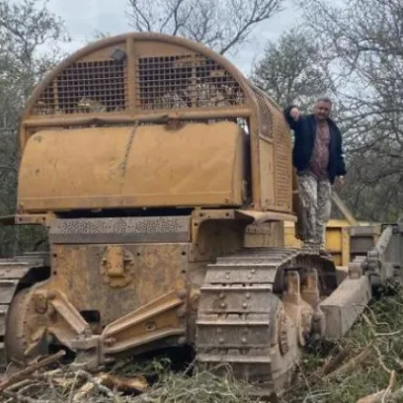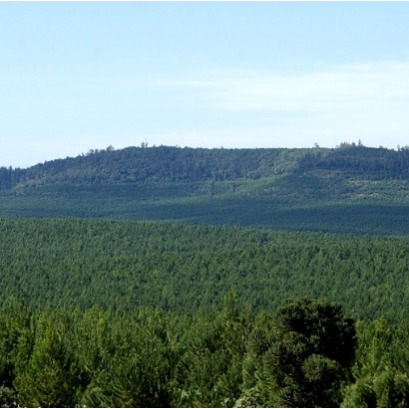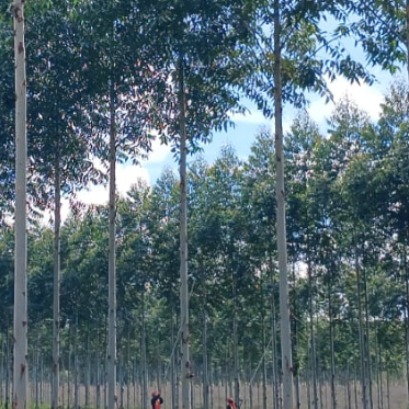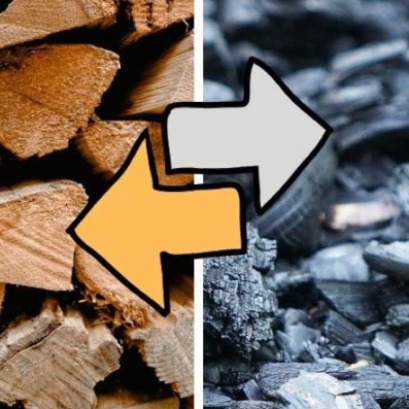
Proponen aumentar penas por desmontes y promover la reforestacion
El diputado provincial Juan Jose Bergia presento un proyecto de ley con el objetivo de aumentar las sanciones por desmonte ilegal y establecer un regimen efectivo de restauracion de bosques nativos.
La iniciativa busca
fortalecer la proteccion de nuestros recursos forestales y garantizar la
recuperacion de areas afectadas por practicas ilegales. Las multas que propone
van cuatro hasta diez veces el valor base vigente por cada hectarea de superficie
boscosa afectada.
Tambien busca incrementar las sanciones por
actividades silvopastoriles sin permiso, aplicando sanciones similares a las
del desmonte sin permiso y agravar las multas por desmonte en lo que se conoce
como zona Amarilla y quema de productos forestales.
En la misma mirada, insta a incrementar las
sanciones por desmontar en predios fiscales y areas de conservacion de clase II
,amarillo y clase I ,rojo. El aumento seria en fijar hasta en diez veces el
valor base vigente por hectarea afectada en casos de uso de cadenas para
desmonte sin permiso las acciones al margen de la ley.
Finalmente, obliga a los responsables de
desmontes ilegales de presentar y ejecutar un "plan de restauracion de los
bosques nativos", con monitoreo por parte de la Direccion de Bosques.
Bergia subraya que las sanciones actuales son insuficientes y no disuaden
efectivamente a quienes cometen infracciones.
Ademas, la restauracion de
los bosques afectados ha sido negligenciada, lo que agrava la degradacion
ambiental. Este proyecto busca no solo aumentar las multas, sino tambien
implementar un regimen efectivo de reforestacion. "Es fundamental que
adoptemos medidas mas severas y efectivas para proteger nuestros bosques y
garantizar su restauracion", afirmo.

IT MAY INTEREST YOU
 Free seminar on the implementation of the European EUDR regulation on deforestation-free wood products
Free seminar on the implementation of the European EUDR regulation on deforestation-free wood products
The Argentine Forestry Association (AFoA) organizes the seminar «EUDR in Forest Products: Current status of implementation. Regulatory requirements and private experiences", which will take place on Wednesday, November 26, from 11:00 a.m. to 12:00 p.m., via Zoom, with live streaming on YouTube. The European Regulation on Deforestation-Free Products (EUDR) will enter into force on December 31, 2025 and will impose new requirements for forest products entering the European Union market.
 Paraguay | The plantations became instruments of territorial development and the generation of decent employment, INFONA highlights.
Paraguay | The plantations became instruments of territorial development and the generation of decent employment, INFONA highlights.
Plantings in different phases, control of ants and weeds, pruning and thinning, mechanized harvest, technology applied to the field and complete integration of the production cycle were part of the CREA Forestal proposal in its Technical Update Conference – JAT Forestal 2025. The event took place on Friday, November 14, at Estancia Ñemity, located in San Juan Nepomuceno, Caazapá, where agricultural producers, technicians, contractors, students and companies in the sector met to observe the forestry business of the future in action.
 Canadian researchers make biochar from wood waste that rivals steel in strength
Canadian researchers make biochar from wood waste that rivals steel in strength
Researchers at the University of Toronto have developed monolithic biochar from wood that can reach an axial hardness of up to 2.25 GPa, similar to mild steel.





















